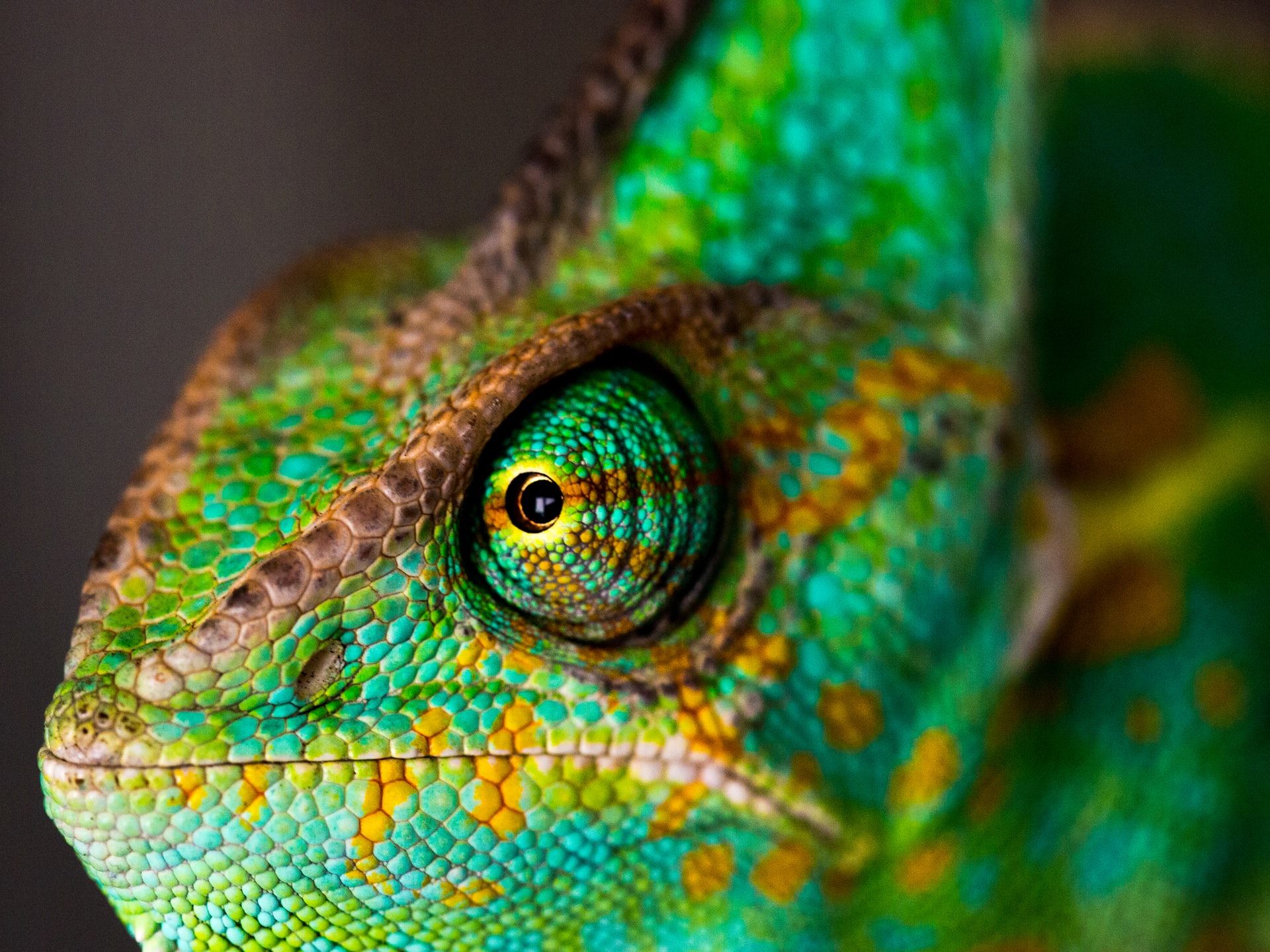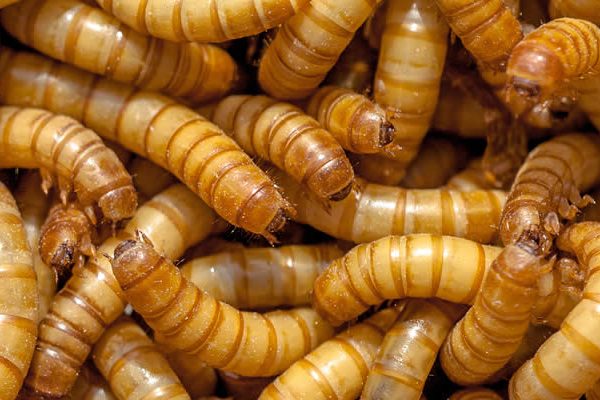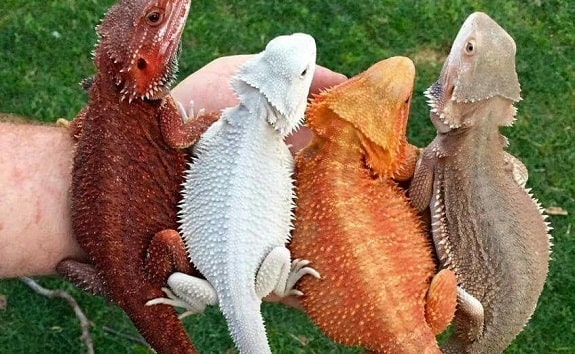Chameleon care sheet
So you just got your new chameleon and are wondering what to do now?
There are a variety of different chameleons that live in different locations with different climates. The most important thing is to make sure that you try mimic these favourable environment conditions in order to have a happy, healthy chameleon.
Chameleons are arboreal and have adapted to live their lives in trees and bushes feeding primarily on a vast array of insects and on the odd occasion they do eat flowers, small reptiles and amphibians that may cross their paths.
Veiled chameleons
In South Africa we most commonly get the veiled chameleon as pets and the odd few people have other interesting chameleons such as Panthers and Jacksons.
Heating:
The veiled chameleon originates from Yemen and Saudi Arabia and we try to imitate the best day time and night time temperatures for them to thrive (Please note that a night time drop in temperature is required for a healthy metabolism). We recommend having a temperature between 27°C and 29°C at the top of the enclosure during the day time and having a temperature of around 21°C at the top of the enclosure during the night time. Your chameleon will chose on its own whether it would like to get more heat or cool off as long as the option is provided. This can be provided by using any of the following heat sources: Infra-red heat lamp, ceramic heat emitter, day light lamp or blue night lamp. Be exceptionally careful not to allow them to be burnt, do not put any heat elements inside of the enclosure, always keep them external.
Lighting:
Lighting is a seriously important factor when it comes to chameleons, they need to get on average 12 hours of UVB so we need to ensure that we have a 10.0 UVB bulb set on a timer preferably. UVB is especially important because it is the primary source of Vitamin D which is used to digest calcium in their diet. Natural sunlight will always be the best form of UVB for any reptile, if possible allow for a couple hours of sunlight or if warm enough, allow for the full day of sun.
Feeding and supplements:
In the wild, chameleons eat a wide array of insects in order to get all the nutrition they require. Addition to this, we dust the insects with additional vitamins and calcium every 2nd or 3rd feeding. We recommend feeding the following insects as a staple diet:
- Crickets
- Silkworms
- Dubia roaches
- Black soldier fly larvae
In addition to this, add in a few more other insects such as:
- Turkestan roaches
- Mealworms
- Superworms
- Hornworms
We recommend using a feeder cup with dial sticks inside that if your chameleon falls in they can still climb out. Put the club close to a vine, branch or plant that they can find it easily.
Enclosure:
As a general rule of thumb, bigger is always better however, if you have a baby chameleon or juvenile, stick to a smaller enclosure as this would allow them more foliage and less space to search for food. Chameleon enclosures are better off taller (They like to climb up trees) and require a mesh or shade cloth netted enclosure (Flexarium) to allow fresh air and light to pass through – please note that glass will 100% filter out any UVB rays they can absorb. We leave our chameleons outside 24/7 throughout spring and summer.
Find a plant with a lot of foliage that will take up a big portion of the enclosure to ensure that they constantly feel safe and hidden if required. We recommend using either a Ficus tree or a scheflera plant.
Once you have all of the above set up, make sure to give your chameleon time to rest. They just spent a bunch of time travelling in an unfamiliar container and you’re putting them in a whole new environment. They will be stressed and may not even eat for a few days.
Chameleons do not drink water out of a bowl and will need to be misted or sprayed 2-3 times per day. You can spray them a little bit but make sure to spray the plant leaves as well so they can lick the water droplets off when they want to drink.





Recent Comments